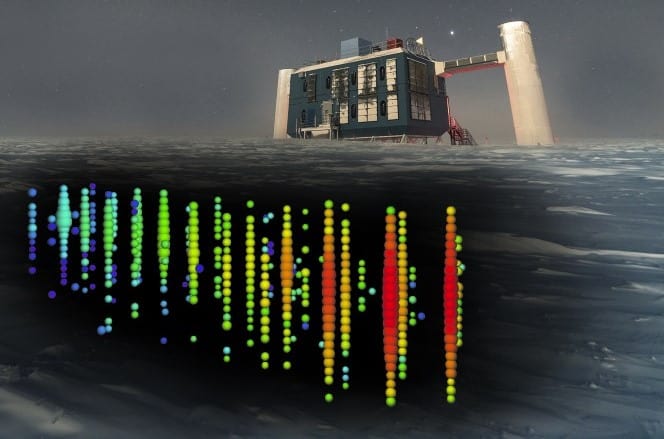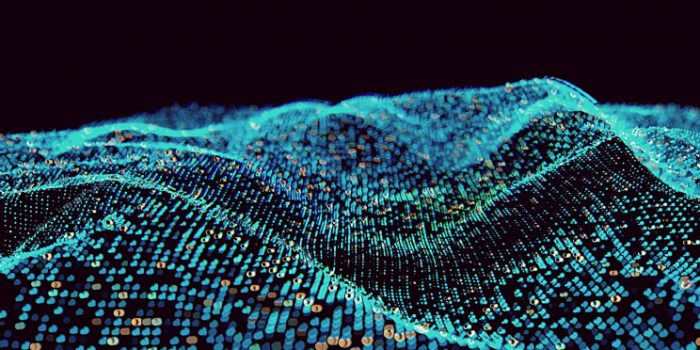According to a recent study shared on a preprint server, there are neutrino detectors in operation hunting for the rarified particles. That’s why scientists need to resort to the colossal scales of the Pacific Ocean to detect a class of ultra-powerful neutrinos.
The universe generates neutrinos in a huge quantity. They are involved in the weak nuclear force and play an important role in nuclear decay and fusion. Neutrinos are firing away from the sun all the time. Previous studies have shown that if you hold your thumb up to the sun, around 60 billion neutrinos will pass through your thumbnail, every single second.
In one human lifespan, only about one neutrino will ever directly interact with the atoms of your body. Scientists have discovered that neutrinos have some mass, unlike before.

Three kinds of neutrinos are known to scientists: the muon neutrino, the tau neutrino, and the electron neutrino. A breakthrough study that might capture one neutrino would only know a tiny sliver of the neutrino’s existence and very little of its “past lives”, so to speak. The most high-energy neutrinos are so rare that existing detectors like IceCube in Antarctica have only detected a handful of them.
Therefore, the Pacific Ocean Neutrino Experiment (P-ONE) might be necessary. It works like this: first, scientists find an isolated region in the Pacific, then we build unconscionably long strands of photodetectors (nearly a mile long, probably longer). The next step is to attach floats to the strands, so they can hang vertically in the water. P-ONE envisions 10 clusters of these insanely long strings, each with 20 optical features, for a total of 1,400 photodetectors gliding up and down in the Pacific, covering an area that’s miles wide. This would be capable of detecting the little flashes of neutrinos when they hit the ocean.
There are still some limitations in the design. For one, the strands won’t really hold still in an ocean as monstrously huge as the Pacific. And the largest body of water on Earth isn’t full of pure water, with plankton, salt, and a lot of fish excrement gliding around like a big mess. These and other goings-on of the Pacific will alter the light patterns between the strands, which means it won’t be easy to measure neutrino interactions, and scientists will have to continually recalibrate the colossal contraption. The research team aims to construct a smaller, two-strand proof of concept in the coming years.


